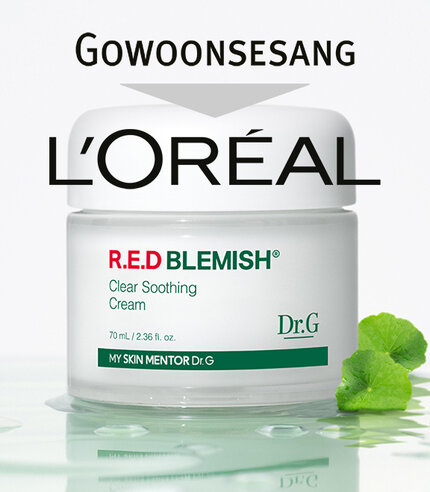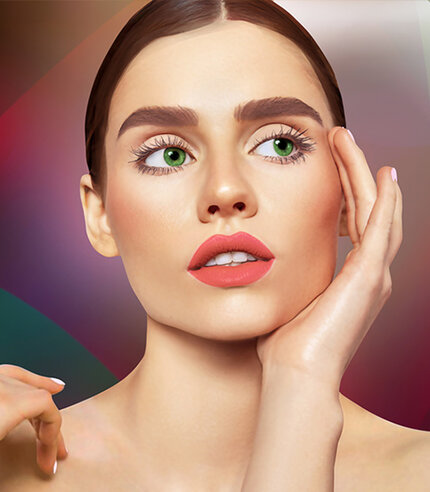Why does Mibelle regularly do so well in tests?
When developing new products, we pay careful attention to good tolerability and excellent effects. Over the years, we have accumulated a high level of expertise that is unparalleled in scope. We also know exactly what the test magazines are looking for and what they consider to be important. For example, certain substances always receive a negative rating (for whatever reason this may be – opinions are often divided within the scientific community). A great deal of importance is attached to clear proof of the product’s effectiveness, for example moisturising effects on the skin. During our development work, we therefore take these test criteria into account. As the test results show, we’re doing this very successfully. In order to continue this success in the future, we take note of any changes in the evaluation criteria of the major test magazines. This unfortunately happens quite often and the logic behind it is not always obvious. In general, however, the tests do make sense and provide clarity for the consumer. That is why it is so important for us to implement these changes when developing new products. It enables us to offer products of a consistently high quality to our customers and regularly achieve the best test results.
What is important for the test magazines?
Different test magazines follow very different testing procedures. For example, let’s compare the German test magazines Stiftung Warentest and Oekotest. Stiftung Warentest has a very good reputation among consumers because it is independent and not profit oriented (there is also no advertising in the magazine). The tests are conducted according to internationally recognised standards, also with regard to cosmetics. They test the effectiveness of cosmetics and assess whether product claims are true or in some cases even unlawful. They also test the ingredients to see if they comply with the applicable laws. Individual ingredients are given a negative rating if there is reliable scientific evidence of negative effects on health. Stiftung Warentest designs the product tests itself and also pays for the product tests, some of which involve very complex testing processes.
In contrast, Oekotest pursues a completely different strategy and assesses ingredients as well as packaging (e.g. outer packaging that does not protect a glass container is given a negative rating). However, it rarely conducts product tests in the cosmetics segment. Raw materials are categorised as either ‘good’ or ‘bad’. Often it is unclear how this assessment is made and which criteria result in a negative rating. Oekotest argues that the even slightest doubt is enough to warrant a bad rating. However, it must be acknowledged that this uncompromising stance has been responsible for and hastened the banning of certain substances. Unlike Stiftung Warentest, Oekotest is dependent on advertising. Advertisements for products from the tested product group are often positioned directly next to the test results. A clear separation between advertising and editorial content is not always apparent, which can lead to a certain degree of mistrust.
Does Mibelle only improve its products for the tests and not for its customers?
It goes without saying that our first and foremost priority is our customers. Only if our customers are satisfied will they continue to buy our products. Nevertheless, we are also aware that many customers base their decisions on test results. If a Mibelle product does very well in a test, this is always reflected in the sales figures. Test results can even have such an impact that a product will sell out completely.
Do all test criteria make sense?
Not every test is right for every product. There are tests that are not based on recognised testing methods. Sunscreens are a good example because testing on human is absolutely essential. If a test only relies on laboratory methods and does not perform tests on humans, the results can be misleading. We only use tests that are recognised by the relevant authorities and scientists. At the same time, we try to communicate with the test magazines to make them aware of potential errors.







